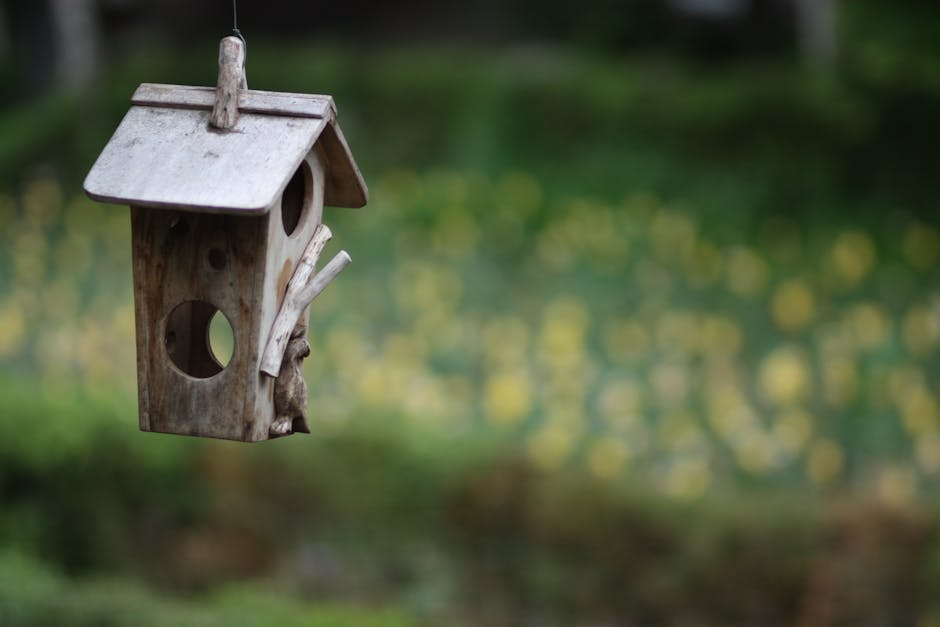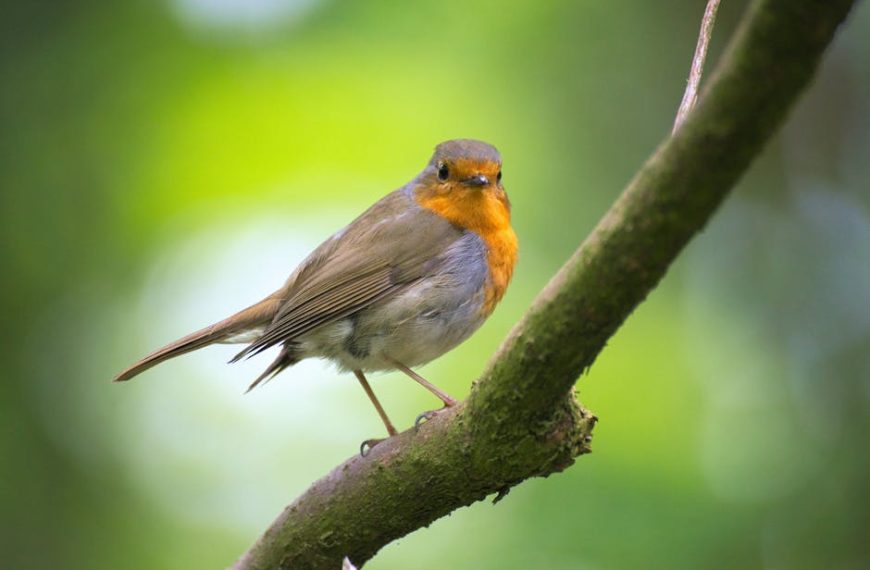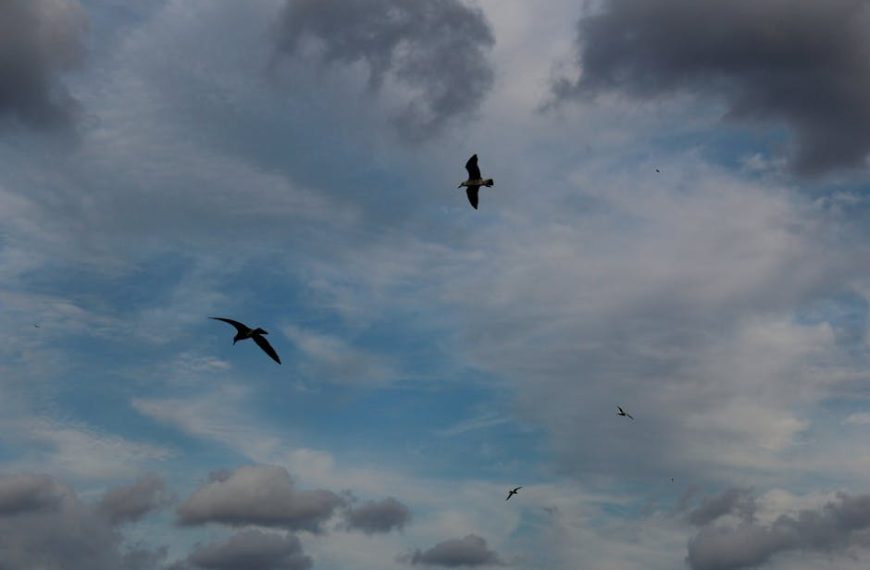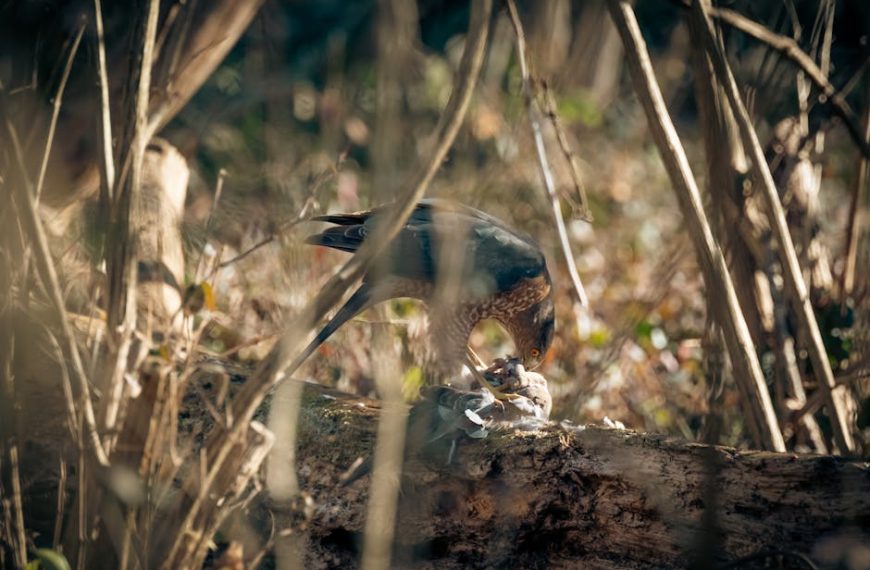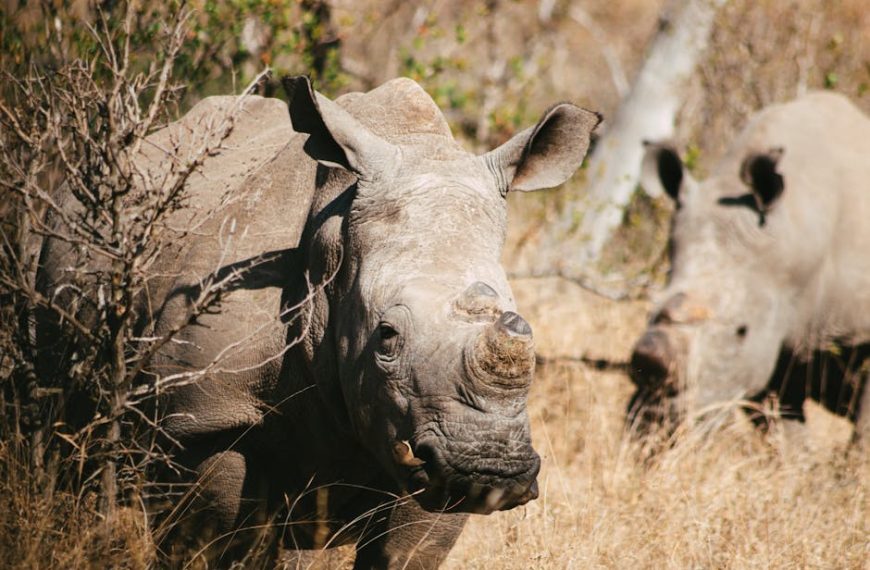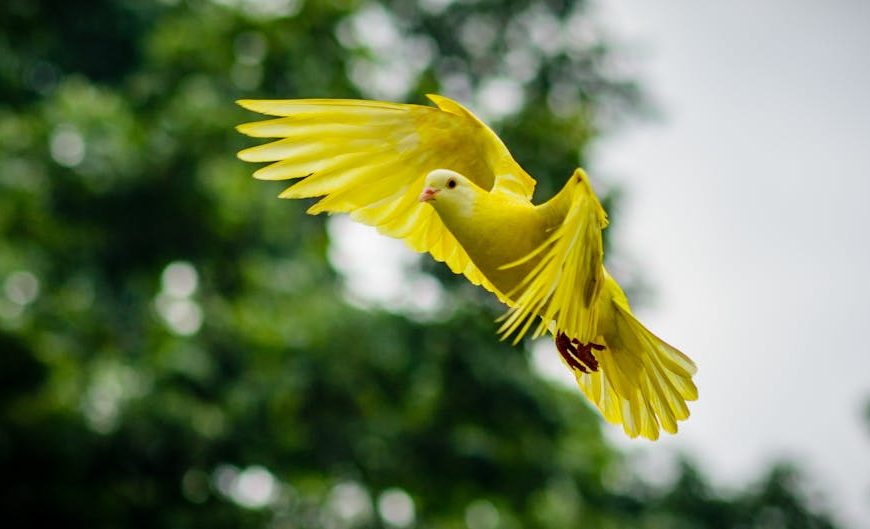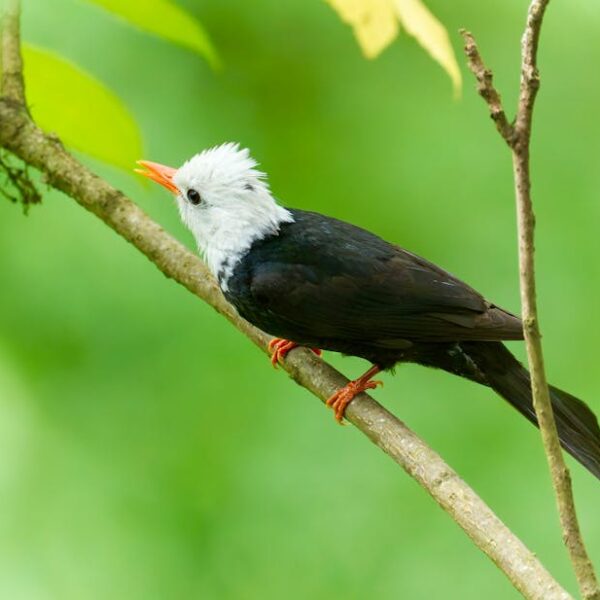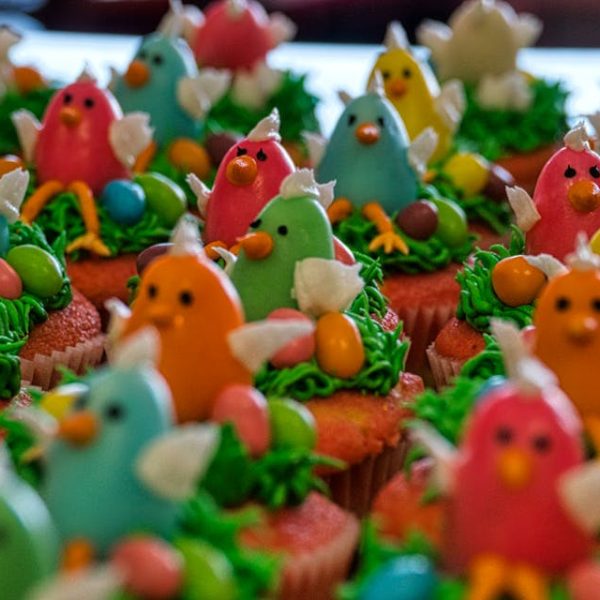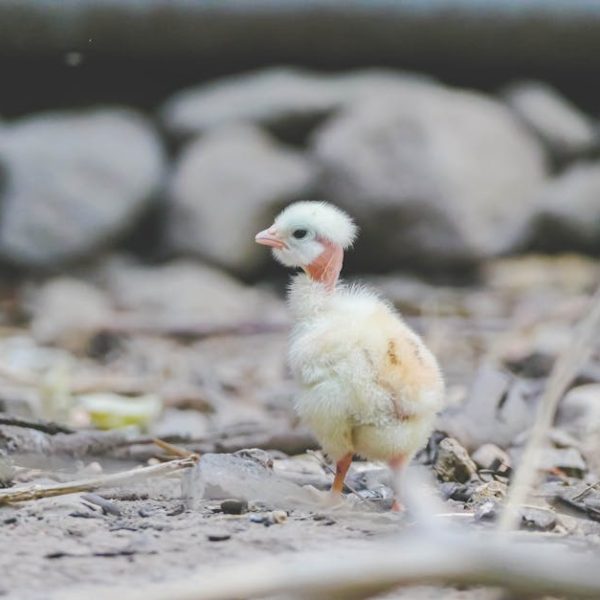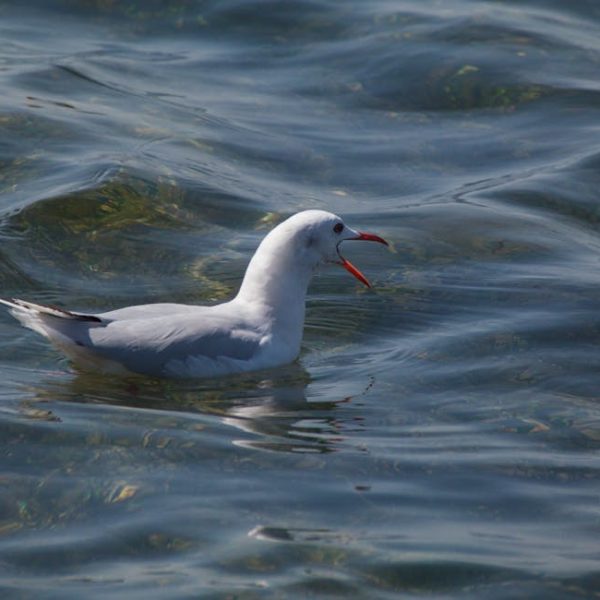Creating a verdant sanctuary for our feathered friends can be an invigorating pastime, and nothing feels more rewarding than watching various bird species seek solace in a shelter you’ve provided. With the right birdhouse setup, attracting these captivating creatures can be achieved in no time. In this guide, we’ll explore the facets of setting up an appealing birdhouse, from understanding the needs of different bird species, to selecting the right design and placement, and even proper maintenance.
Understanding the Needs of Different Bird Species
Birds are as diverse as their needs. Whether you want to invite a fresh ensemble of sparrows or a flock of flamboyant cardinals, knowing about your prospective tenants is vital. Being well-versed with their distinct requirements, habitats, and nesting habits can make your birdhouse irresistible.
Start out by identifying the birds that are commonly found within your vicinity. A blend of personal observation and online research can reveal exciting insights into your local avian population. Understand their unique traits—do they enjoy tree canopies or open spaces? Do they prefer solitude or social nesting? This knowledge can guide you in tailoring your birdhouse to cater to the specific needs of these species.
Choosing the Right Birdhouse Design and Size
With understanding comes the ability to create a conducive environment. The design and size of your birdhouse can significantly influence its attractiveness to birds. Cater to their nesting habits, ensure your birdhouse mimics their natural nesting environment, and make sure it’s spacious enough for their comfort.
When choosing a design, consider factors such as the number of entrances, ventilation, and the safety factor against predators. Birds are more likely to favor a birdhouse that ensures their safety and well-being. The size of the birdhouse, on the other hand, should accommodate the bird’s size and the number of eggs they usually lay.
Perfect Placement of the Birdhouse
While a well-crafted birdhouse can be alluring, a misjudged placement can dampen its appeal significantly. By paying attention to the elements around you—like overlooking trees for climbers, an open space for ground nesters, and safe height from predators—you’re more likely to set up a popular bird spot.
Your birdhouse should ideally be positioned away from feeding areas to minimize disturbance and reduce competition. Also, consider the direction of the entrance to avoid direct sunlight, wind, and rain, while ensuring easy visibility for the birds. It’s also a great idea to safeguard it from natural predators such as cats by placing it at a certain height and far from trees where these predators might lurk.
Next, we plunge into the enticing world of bird feed before ending with insights on maintaining a clean and safe birdhouse.
Feeding and Attracting Birds to Your Birdhouse
No one can resist a tempting spread of food, and birds are no different. Having the right food and feeders can act as powerful lures, ensuring your birdhouse becomes a hub of avian activity. The food preferences can vary widely from one bird species to another, so research is key.
Here are some popular food types and their pros and cons:
| Bird Food | Pros | Cons |
|---|---|---|
| Bird-friendly plants | These can naturally attract a wide variety of birds, while also contributing to your garden’s aesthetics. | Depending on the variety, some might take time to grow or require specific care. |
| Bird feeders | These provide a dedicated, easy-to-access source of food for birds. | Without proper maintenance, they can lead to the spread of diseases among birds or attract undesirable pests. |
| Water sources | Birds not only need water for drinking but also for bathing – a water source can therefore attract birds even if they don’t nest in your birdhouse. | Water needs to be regularly changed and mosquitoes along with other insects can be an issue. |
✨Pro tip✨: Rotate your feeding menu to cater to a diverse bird population. An assortment of seeds, fruits, and suet can attract a more extensive array of bird species.
Maintaining a Safe and Clean Birdhouse
Now that your birdhouse is bustling with activity, it’s important to ensure it remains a safe and clean space for your feathery tenants. Unmaintained birdhouses can foster parasites and diseases, posing a serious health risk to birds.
Here’s a checklist to ensure the cleanliness and safety of your birdhouse:
- Ensure regular cleaning and maintenance of the birdhouse and its surroundings.
- Use gentle, eco-friendly products that are safe for the birds and the environment. Avoid strong, scented products as birds have a sensitive sense of smell.
- Keep an eye out for any signs of disease or parasites within the birdhouse or among the birds.
Ensuring your birdhouse is well-maintained not only creates a favorable environment for your guests but also lets you enjoy a healthy, vibrant, and diverse avian scene right in your backyard. Happy birding!
Key Takeaway:
- A wide variety of bird species can be attracted to the backyard by observing and understanding their specific habits and needs.
- The design, size, and placement of the birdhouse are crucial factors in attracting and retaining birds. A birdhouse should mimic natural nesting environments.
- Food and feeders can greatly attract birds, however, it’s essential to cater to diverse tastes and regularly rotate the menu.
- Cleanliness and safety of birdhouses are imperative; unmaintained birdhouses can become a health hazard for birds.
Your passion for avian life can indeed bring a flutter of joy to your backyard every day! With a little effort and understanding, your birdhouse can become the go-to spot for a plethora of beautiful bird species. Consistency and patience will bring a vibrant bird community right to your doorstep. Remember, each bird species is unique and requires special attention – your commitment to their comfort and welfare can make all the difference.
FAQs
Q: How can I deter unwanted visitors like squirrels from the birdhouse?
A: You could try a few techniques such as placing a squirrel baffle (a device to prevent squirrels from climbing the birdhouse), using squirrel-proof bird feeders, or feeding them separately away from the birdhouse.
Q: Are birdhouses safe from pets like cats and dogs?
A: Your pets could disturb the birds, so try placing the birdhouse at a higher location where they can’t reach. Using a predator guard on the birdhouse can also help keep birds safe.
Q: Can I use any cleaning product for my birdhouse?
A: Only use mild, non-scented, eco-friendly cleaning products to clean birdhouses. Harsh chemicals or fragrant products can irritate or harm the birds.
Q: How often should I change the water in my bird bath?
A: It’s a good practice to change the water daily. Stagnant water can breed mosquitoes and other pests, which can prove harmful to the birds.
Q: Can I use the same kind of food for all bird species?
A: Different bird species have varied food preferences. Some may prefer seeds, while others might enjoy fruits or suet. Do some research about the bird species in your area to know their dietary preferences.
Enjoyed the post? Share it with fellow bird enthusiasts and explore more insightful posts on our website!
